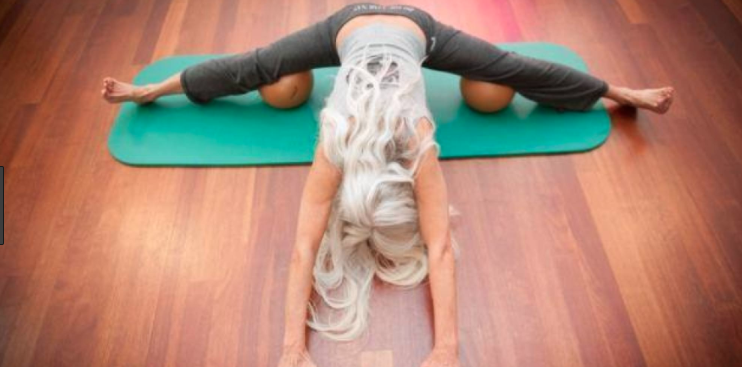
THE DANGERS OF CIPRO
In June 2015 I had minor surgery. Right before they put me under anesthesia I was asked if I had any allergies to antibiotics; I have a few, so when the doctor got to Cipro I said no. Ciprofloxacin is used to treat different types of bacterial infections. I had taken Cipro orally before and had never had any side effects…that was my big mistake, letting them give me intervenous Cipro. If only I had remembered that I had a fitness client who had had a torn achilles tendon from taking Cipro prophylactically for dental surgery, and that it might be a risk for me for a few reasons, my age being the most obvious. I am 65. I had my surgery, and a few hours after the surgery as I was walking up my stairs at home, I felt a weird pain in my quadriceps tendon as my knee buckled and caused me to collapse onto the stairs. I thought maybe it was because I was a little weak from the anesthesia, so I continued on as if everything was my norm.

A few days later in ballet class when my achilles tendon started hurting I started thinking maybe there was a problem from the Cipro. I did some research and saw that Cipro can cause problems with the achilles and quadriceps tendons, in fact tearing them is one of the things that can happen. I went to my internist and he said that my reaction was most likely due to the Cipro. He said the recommendation when people are sensitive to it is to not exercise for six months. I said: “Well it’s too late, I’ve already exercised and this is how I earn my living.” He gave me a supplement with magnesium in it and told me to be careful. I also had acupuncture and took Chinese herbs. I continued exercising, but very carefully. Yamuna Body Rolling was a great help in the healing process. I learned the hard way, not to use the ball behind my knees as that caused them to swell. When there is inflammation in an area, it’s not a good idea to use the ball directly on that area. Other than that, I was able to do all of the routines, and that really helped increase my circulation and speed up the healing, I am sure. I continued to go to my regular ballet classes, but cut way back on the amount of the class that I did. I didn’t do any jumping and I did a lot of the exercises at half tempo. I did basic Pilates workouts and physical therapy exercises to strengthen my legs as well.
I also used some external therapies. Some I used were Yamuna’s Healing Clay (available at yamunausa .com), I soaked in baths with a mixture of Epsom salts, powdered healing clay, vinegar and lavender oil. It all helped.
It’s been over a year and a half since the surgery and my legs are almost back to normal. Every once in a while I still get a twinge in my knee or a cramp in my calf. I have most of my strength back, and I am very grateful that I didn’t tear any tendons.

